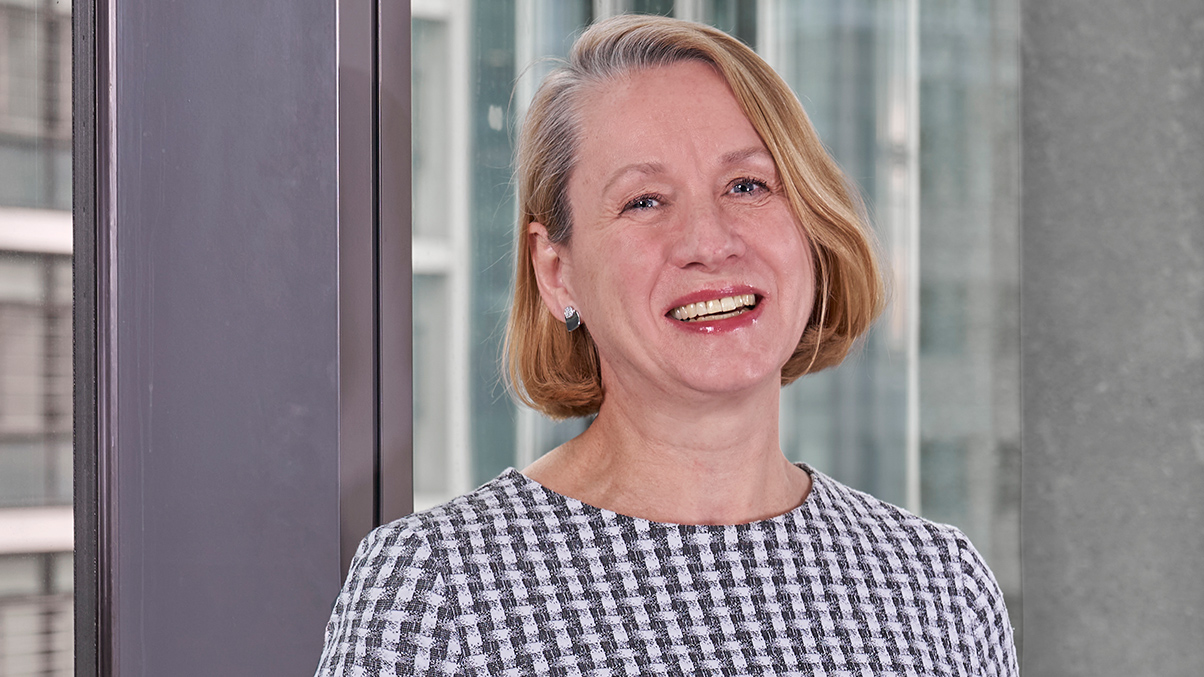In an article first written for The Yorkshire Post, senior associate Sarah Harvey discussed the Family Court’s move towards transparency and the implications for child protection.
The long tradition in English courts for family law cases – be they divorce proceedings, disputes over arrangements for children or otherwise – has been to prioritise the privacy of those involved. Separating couples could file for divorce or apply to the court to regulate their child arrangements without fear of their dirty laundry being aired in public for all to see.
Celebrities were arguably the biggest beneficiaries of this arrangement, as they were the most likely to receive unwanted attention into their affairs, but the same treatment was afforded all members of the general public. Whilst journalists were often allowed to attend some family court hearings to hear what was happening, they did not have the freedom to publish whatever they liked, with strict limitations as to the documents they could see and what they were allowed to report. In a case where a child or children was involved, information that could be used to identify them was most strictly prohibited.
This was the status quo until quite recently, when in October 2021 Sir Andrew McFarlane (President of the Family Division in England and Wales) published a report calling for family law judges to publish anonymised version of at least 10% of their judgments.
The drive for greater transparency has come as part of a larger movement in the legal system of England and Wales to make justice more visible and accessible, and therefore improve public understanding of and confidence in the work of the courts. The move towards transparency in family law proceedings is significant, the upshot being that parties will no longer have guaranteed right to privacy, as previously. It is hoped the changes will counter criticisms that the family court is excessively secretive.
Early last year, Leeds was the launch point for a family law media access pilot. Mr Justice Poole is thought to have made the first order allowing reporting of a complex case in the family courts. Along with Cardiff and Carlisle, Leeds led the way in testing the new approach that has, as of January 2024, been rolled out to Liverpool, Manchester, Kingston-Upon-Hull, parts of London and elsewhere in England.
Greater transparency is a welcome development as there is a clear public interest in the goings-on of the family court. That said, this must be balanced with understanding the potential impact of a more public forum on the wellbeing of those involved, in particular children and their parents.
Court statistics show that tens of thousands of children are involved in family law proceedings across the country. Some of these cases will involve allegations of domestic abuse, assault and other criminal activity. It is paramount that child safety and wellbeing is put first in all such instances and the appropriate steps be taken to address this.
Even where some of the case details are kept secret, there is still a danger that the parties may be identified as a result of ‘jigsaw identification’, where enough details are permitted about the parents’ separation that it becomes obvious who is involved.
We anticipate the default to transparency in family law cases will push more people to resolve disputes out of court, through alternative resolution methods such as arbitration. Though it is an excellent option for many separating couples, alternative dispute resolution is not appropriate in all cases.
The family court must ensure that vulnerable children are protected at all times even as the drive towards a more transparent future continues.






